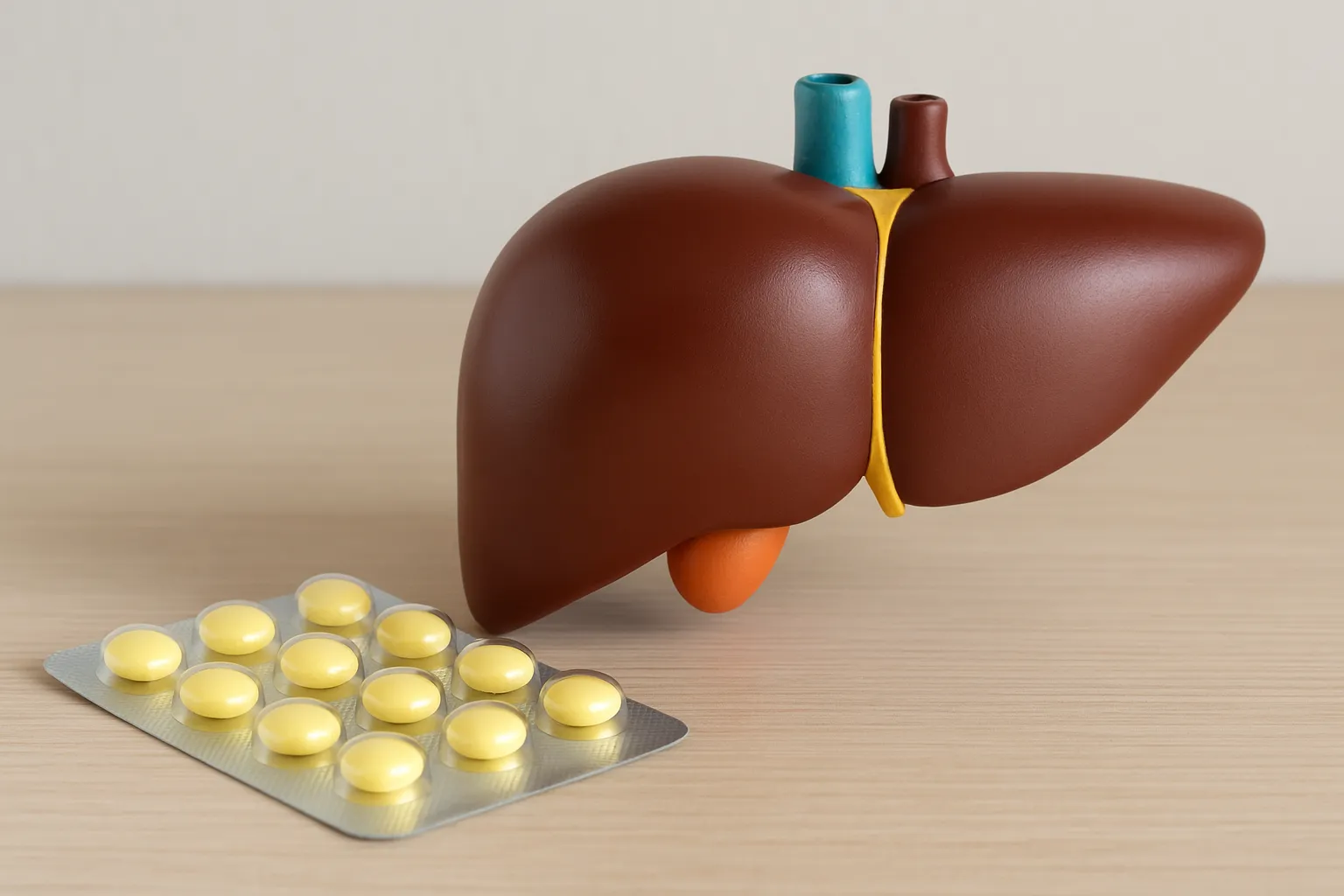
Understanding Nitrates in Livestock Feed: Risks, Effects, and Management Strategies
Explore the risks of nitrates in livestock feed, from toxicity effects on ruminants to effective management strategies. Learn how to test forages and prevent poisoning for healthier herds.
Introduction to Nitrates in Livestock Nutrition
In the world of modern agriculture, ensuring the health and productivity of livestock is paramount. One critical yet often overlooked factor in animal nutrition is the presence of nitrates in feed. Nitrates, naturally occurring compounds absorbed by plants from the soil, play a dual role in livestock diets. While they are essential for plant growth and can contribute to overall forage quality, excessive levels pose significant risks to animal health. This article delves deep into the intricacies of nitrates in livestock feed, exploring their sources, physiological impacts, and practical management techniques to help farmers safeguard their herds.
Livestock, particularly ruminants like cattle, sheep, and goats, rely heavily on forages such as grasses, legumes, and cereal crops for their nutritional needs. These plants uptake nitrates from nitrogen-rich soils, especially during periods of rapid growth or environmental stress. Under normal conditions, nitrates are converted into proteins within the plant, benefiting the animal's diet. However, when accumulation exceeds safe thresholds, it can lead to toxicity—a concern that has plagued farmers for decades, especially in regions prone to variable weather patterns.
The Science Behind Nitrate Accumulation in Forages
Nitrate accumulation in plants is influenced by a variety of environmental and agronomic factors. Soil fertility, particularly high nitrogen fertilization, encourages plants to absorb more nitrates than they can assimilate into usable proteins. This is especially true for crops like corn, sorghum, and oats, which are common in livestock rations.
Weather plays a pivotal role as well. Drought conditions, cloudy days, or cool temperatures slow down photosynthesis, the process by which plants convert nitrates into amino acids. As a result, nitrates build up in the leaves and stems, making the forage potentially hazardous. For instance, during a dry spell, young cereal forages can see nitrate levels skyrocket, turning a nutritious feed into a silent threat.
Understanding these dynamics is crucial for proactive farming. By monitoring soil nitrate levels and adjusting fertilization schedules, producers can mitigate accumulation from the outset. It's a delicate balance: nitrogen is vital for yield, but overapplication tips the scales toward risk.
Physiological Effects of Nitrates on Livestock
Once ingested, nitrates in livestock feed undergo a transformation in the rumen of ruminant animals. Here, rumen microbes reduce nitrates to nitrites, an intermediate compound. In small amounts, this process is harmless and even beneficial, as nitrites can be further converted to ammonia for microbial protein synthesis. However, when nitrate intake overwhelms this system, nitrites accumulate rapidly.
The danger lies in the blood. Nitrites oxidize the iron in hemoglobin—the oxygen-carrying protein in red blood cells—from its ferrous (Fe²⁺) to ferric (Fe³⁺) state, forming methemoglobin. This altered form cannot bind oxygen effectively, leading to methemoglobinemia, commonly known as "brown blood disease." Affected animals experience tissue hypoxia, or oxygen starvation, despite normal atmospheric oxygen levels.
Symptoms manifest acutely: rapid breathing, staggering gait, blue-tinged mucous membranes (hence the nickname "blue babies" in severe human parallels), weakness, and convulsions. In extreme cases, death occurs within hours due to asphyxiation. Chronic exposure, though less dramatic, can result in reduced weight gain, infertility, and suppressed immune function, eroding long-term herd productivity.
Non-ruminants like horses and pigs are somewhat more resilient, as their digestive systems handle nitrates differently. However, monogastrics can still suffer nitrite toxicity if feed levels are extraordinarily high, underscoring the need for vigilance across species.
Identifying High-Risk Forages and Testing Protocols
Not all forages are created equal when it comes to nitrate content. Susceptible crops include annual forages like sudangrass, sorghum-sudangrass hybrids, and pearl millet, which are notorious for rapid nitrate buildup under stress. Even established perennials like alfalfa can harbor elevated levels after heavy rain following drought.
Weed species such as pigweed and lamb's quarters often serve as nitrate hotspots, inadvertently increasing risk if not managed in pastures. Silage and hay from affected fields retain these compounds, as ensiling does little to degrade nitrates.
To combat this, routine testing is non-negotiable. Forage nitrate analysis, typically conducted via laboratory methods like colorimetric assays or ion chromatography, provides precise measurements in parts per million (ppm). Safe thresholds vary by species: for beef cattle, levels below 1,500 ppm nitrate (or 4,500 ppm NO₃) are generally safe, while above 4,500 ppm demands caution and dilution strategies. Extension services and agricultural labs offer quick-turnaround tests, often using fresh or dried samples from representative field areas.
Farmers should prioritize testing during high-risk periods—post-drought recovery, after fertilization, or in shaded, low-light conditions. Visual cues, like unusually dark green foliage, can prompt immediate sampling, but lab confirmation is essential for informed decision-making.
Management Strategies for Nitrate-Laden Feeds
Prevention is the cornerstone of nitrate management, but adaptation and mitigation are key when risks materialize. One effective approach is gradual introduction: animals can acclimate to moderate nitrate levels over 7-14 days, allowing rumen microbes to ramp up nitrite reduction capacity. Abrupt feeding of high-nitrate forage, however, invites disaster.
Dilution remains a frontline tactic. Blending suspect forages with low-nitrate grains, silages, or hays reduces overall concentration. For example, mixing 50% high-nitrate corn silage with 50% alfalfa hay can halve the risk, maintaining nutritional balance while protecting health.
Harvest timing also matters. Delaying cutting until after midday, when photosynthesis peaks, allows plants to metabolize accumulated nitrates. Similarly, ensiling for several weeks post-harvest enables natural fermentation to lower levels slightly, though not reliably enough to skip testing.
Nutritional additives offer another layer of defense. Substances like sodium thiosulfate or methylene blue can bind nitrites in the rumen, preventing absorption, but these are typically reserved for therapeutic use under veterinary guidance. Long-term, optimizing fertilization—using split applications and soil tests—curbs excess soil nitrates at the source.
Case Study: Drought-Induced Outbreaks
Consider the 2012 Midwest U.S. drought, where nitrate poisonings spiked across beef and dairy operations. Producers who tested incoming hay and adjusted rations averted losses, while others faced culling herds. Lessons from such events highlight the value of contingency planning, including emergency low-nitrate feed stockpiles.
Regulatory Guidelines and Industry Standards
Governing bodies worldwide set benchmarks to protect livestock and, by extension, food safety. In the European Union, the European Food Safety Authority (EFSA) advises maximum nitrate levels in feed at 2,500-4,400 mg/kg for complete diets, depending on animal type. The U.S. lacks federal mandates but relies on state extension guidelines, often aligning with the National Research Council's safe feeding limits.
These standards evolve with research; recent EFSA opinions emphasize chronic effects, urging tighter controls on young stock. Compliance not only safeguards welfare but also shields producers from liability in cases of mass toxicity events.
Industry groups like the American Society of Animal Science promote best practices, including education on nitrate dynamics. Certifications for sustainable farming increasingly incorporate nitrate management, rewarding proactive stewards.
Future Directions in Nitrate Research and Mitigation
Advancements in biotechnology promise tailored solutions. Genetically modified forages with enhanced nitrate reductase enzymes could minimize accumulation inherently. Precision agriculture tools—drones for field scouting, AI-driven soil sensors—enable real-time monitoring, preempting risks before they escalate.
Climate change amplifies challenges, with erratic weather fostering more stress events. Resilient crop varieties, bred for nitrate tolerance, are in development, offering hope for sustainable intensification.
Farmers must stay informed through extension networks and peer forums, sharing successes in integrated pest and nutrient management. Collaborative efforts will define the next era of safe, efficient livestock feeding.
Conclusion: Balancing Nutrition and Safety
Nitrates in livestock feed embody agriculture's inherent trade-offs: the boon of nitrogen for growth versus the peril of toxicity. By grasping the science, embracing testing, and deploying smart strategies, producers can harness forages' potential without courting catastrophe. In an industry where margins are tight and herds are family legacies, knowledge is the ultimate safeguard. Commit to vigilance today, and secure vitality tomorrow.
This comprehensive approach not only preserves animal health but fosters resilient operations poised for whatever the seasons bring. Whether you're a seasoned rancher or emerging in agribusiness, mastering nitrates is a step toward excellence.


